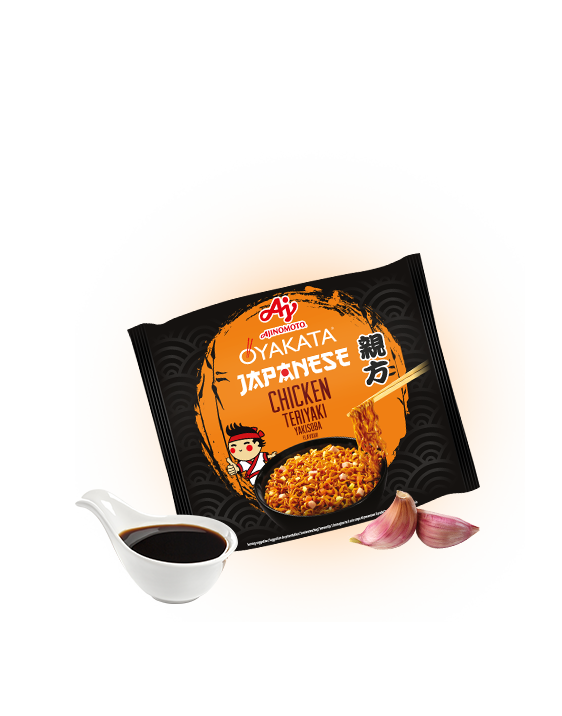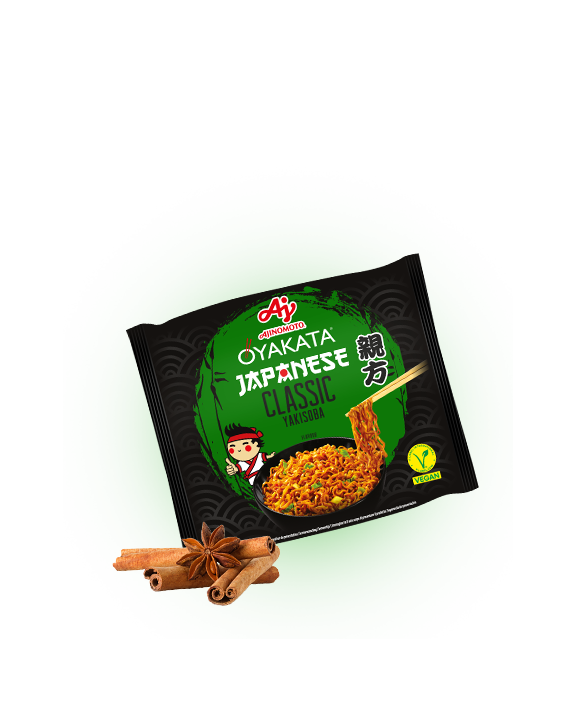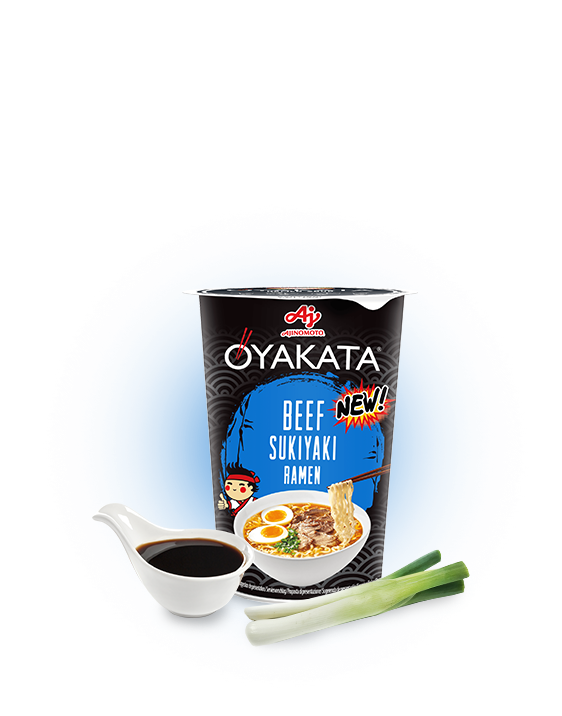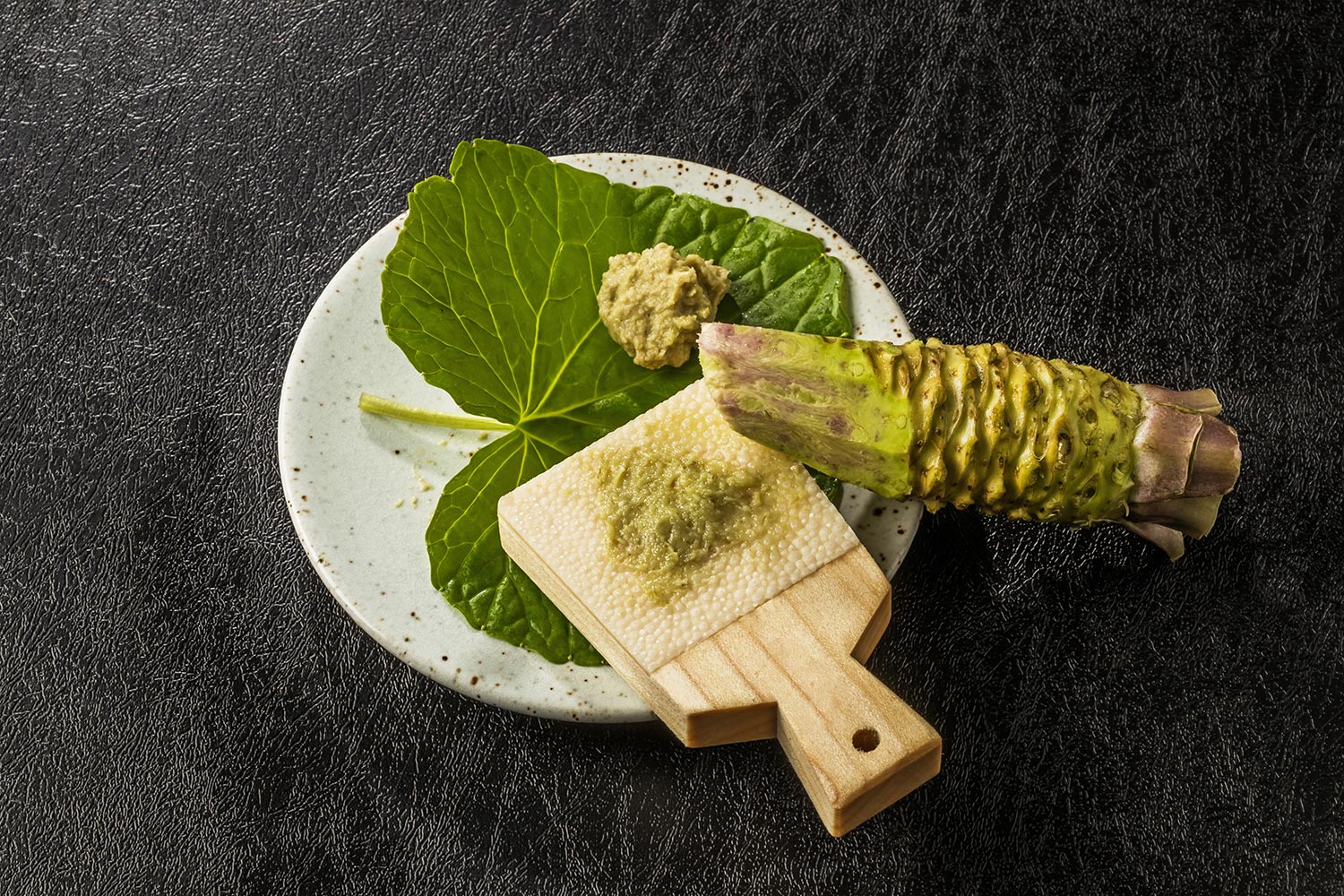

WASABI – JAPANESE HORSERADISH
The history of green wasabi
The wasabi horseradish is one of the traditional Japanese condiments, originally known as medicinal wild ginger. It was mentioned in the medical encyclopaedia “Honzo-wamyo” published at the beginning of the 10th century, which indicates that the medicinal plant had already been grown in Japan for almost 1000 years. The wild ginger was supposed to be, among others, an antidote to poisoning with raw fish meat. Due to the requirements related to the cultivation of wasabi, the rhizome has always been considered to be an exclusive good, initially reserved for the ruling class only.
Wasabi – what is it?
Wasabi is a small plant of the Brassicaceae family, naturally growing along Japanese cold mountain streams. It features thick rhizomes, large leaves and elongated pedicles. The root, and more precisely – the rhizome, from which the green paste is manufactured, grows to knee level. Its stalks are overgrown with large, heart-shaped leaves, which fall down as the rhizome grows. It takes about 2-3 years for the plant to grow fully, but depending on the climatic conditions, each of them can produce up to 20 root suckers.
Demanding cultivation of wasabi
The cultivation of the oriental plant is not simple. Wasabi requires special conditions and is extremely vulnerable, and that is why the original rhizomes of the Japanese horseradish can be traded for as much as $140-200 per kilo. The most precious ones are grown in mountain villages of Japan, where the secrets of wasabi cultivation have been passed down from generation to generation. The plant grows best in cool (usually 8-20°C) and humid places, so mountain streams are its ideal environment. Wasabi does not like extreme temperatures, nor the exposition to direct sunlight (the optimal insolation is about 30%).
Methods of cultivating wasabi
Nowadays, the Japanese wasabi is cultivated in two main ways, which results in horseradish known as sawa-wasabi (semi-water wasabi) and oka-wasabi (field wasabi). Their distinction is crucial as the method of cultivation influences the quality and intensity of roots.
Sawa-wasabi is the horseradish grown in a way which is very close to the natural one – in the mountains, in the semi-water environment. On mountain slopes, small terraces are built of stones and wasabi seedlings are manually planted. The plants grow in the layer of gravel, on which a delicate layer of mountain water flows down. Its quality is essential for the growth of the plant, as it provides wasabi with all nutritional values. Another impediment for Japanese farmers, working of mountain slopes, is the fact that they cannot use machines which would facilitate their work. Due to earthquakes and frequent spring floods, stone terraces are often damaged and they have to be repaired manually. The demanding conditions increase the cost of cultivation, so the price of Japanese horseradish roots is on average about $160 per kilo, which makes wasabi one of the most expensive vegetables in the world.
Oka-wasabi, on the other hand, is the horseradish cultivated in the fields, in definitely less favourable conditions. To ensure the appropriate temperature and protection from cool wind, in some regions of Japan special covers are used in the fields. The cultivation of oka-wasabi is less costly, not only due to the lowland location of fields, but also because of the shorter period of growth, that makes it possible to harvest wasabi after less than a year and a half. However, the rhizomes obtained in this way differ in quality from those grown in aqueous conditions.
Most often, their leaves and pedicles are used in the further treatment. Rhizomes from which the greenish paste is obtained are usually sawa-wasabi roots. Due to the requirements related to the cultivation of wasabi, outside Japan the plant is only grown in a few placed around the world.
The horseradish available in Western shops and restaurants is often a counterfeit, produced from white horseradish and colouring agents which give the condiment its characteristic greenish colour. The genuine wasabi can often be bought only in a powder form, which is easy to store and transport. It is a great challenge, even for the Japanese, to buy fresh rhizomes of wasabi. It can be rarely found outside the Cherry Blossom Land, and on the Japanese market wasabi is present in many species, which vary in terms of price, quality and taste that can only be evaluated by genuine experts.
How to bring out the authentic flavour of wasabi?
The full taste of the Japanese horseradish is only noticeable once the rhizome is grated to obtain thick slurry. When sliced, it is certainly tart and quite hot, but it does not irritate the nose or eyes, contrary to the famous green paste. To bring out its distinctive flavour, aroma and hotness, wasabi needs to be finely grated. Traditionally, a grater made of coarse shark skin is used for this purpose, although, nowadays stainless steel and ceramic tools are used. The rhizome, which is set at 90° to the grating surface, must be grated with circular motions. This way, the cells of the plant are torn and the volatile compounds contained in the plant are released. These substances disperse quickly, and are not very durable. The appropriate grating technique allows to minimise their loss, but in order to fully use the proprieties of wasabi, it is important to grate the Japanese rhizome in exactly the amount we need at a given time. A ball made of ready mush needs to be left for a few minutes at ambient temperature. It is indispensable to obtain the full aroma of the precious condiment.
Wasabi condiment – for sushi and more
The green paste, that is needfully served with sushi or sashimi, can be prepared solely of grated wasabi rhizomes or with the addition of other hot seasoning or mayonnaise. The Japanese horseradish is also added to other dishes prepared of raw fish or traditional buckwheat soba noodles. Its intensive taste perfectly suits meat dishes, cold meats or eggs, and this is what makes wasabi an interesting oriental equivalent of the ordinary white horseradish. It can be added to various types of dips, marinades or sauces – both cold and hot. It is also a great ingredient of soups or raw vegetable salads. Even the small amount of the green condiment gives the dishes exceptional, intriguing taste and satisfies the hot cuisine lovers. However, it is important to remember that wasabi cannot be exposed to high temperatures, which weaken its aroma and deprive the green delicacy of its precious health benefits.
Taste and health – health benefits of wasabi
The distinctive taste of the Japanese horseradish and its well-known aroma, irritating delicate noses and eyes, are related to the presence of isocyanates, which are excreted when the wasabi rhizome is grated. In addition to palatability, the substances also show interesting anticancer properties, supporting lungs, liver, oesophagus, bladder, pancreas, colon and prostate, and others.
Being very difficult to find in other food products, isocyanates also help to fight the symptoms of inflammation, asthma, anaphylaxis, support the natural functions of the liver and detoxification of the body.
Wasabi is also a rich source of provitamin A, vitamins from the B group and vitamin C. The compounds it contains have an antibacterial and antifungal effect and help protect the stomach against food poisoning.
Wide range of applications of wasabi
Although only the developed rhizomes are used to produce the traditional paste, the remaining parts of the plant – leaves and pedicles – are also used in the culinary industry. Special marinades are prepared of green scrapes with the addition of vinegar, soy sauce and sugar. Preparing wasabi-zuke is one of the possibilities of using up the less noble parts of wasabi. Green ingredients should be finely cut, poured with salted water with sake and sugar and left covered for a couple of days. It is oka-wasabi that is usually used in this type of treatment.
Variations on the wasabi theme
The Japanese love for the unique, hot condiment is reflected in wasabi-flavoured snacks and even beverages that constantly appear on the market. In Japanese shops, it is possible to but not only wasabi crisps (also known in Poland), but also wasabi-flavoured beer and ice-cream!
An interesting application of the horseradish was discovered by one of the Japanese scientists. His project of the fire protection system, in which the wasabi aroma (allyl isothiocyanate) was used as a warning signal for the deaf-mute, in 2011 was awarded with the humorous Ig Nobel Prize in Chemistry.
Requiring demanding conditions and treatment, the plant constantly intrigues the gourmets of the spicy cuisine with its unique taste and aroma. In spite of the fact that the health benefits of wasabi have been known for millenniums, scientists still discover its beneficial qualities. No wonder that the Japanese horseradish is one of the most expensive condiments in the world. But what would sushi be like without the savoury green paste?


















